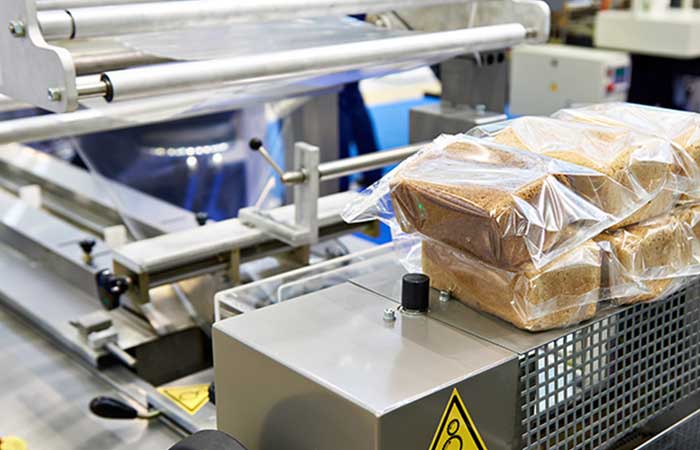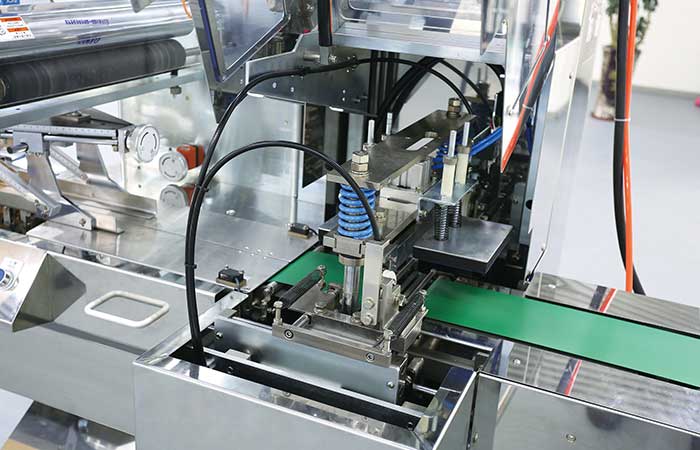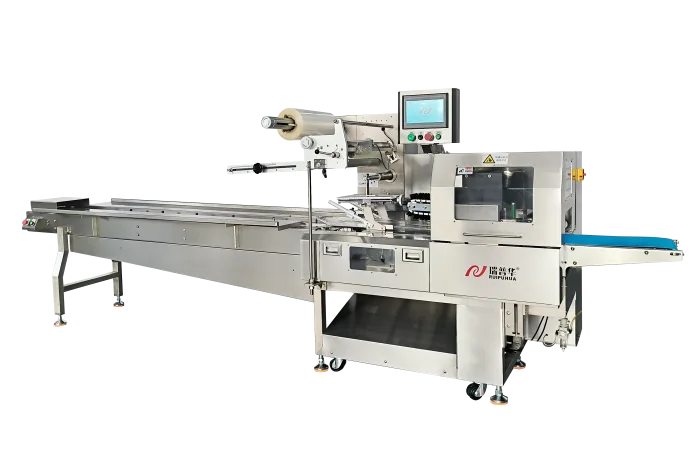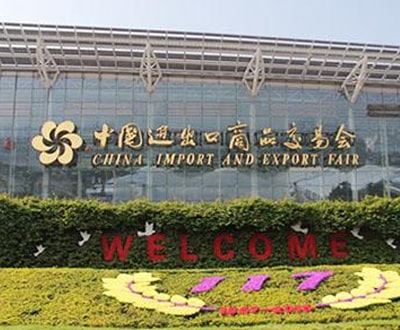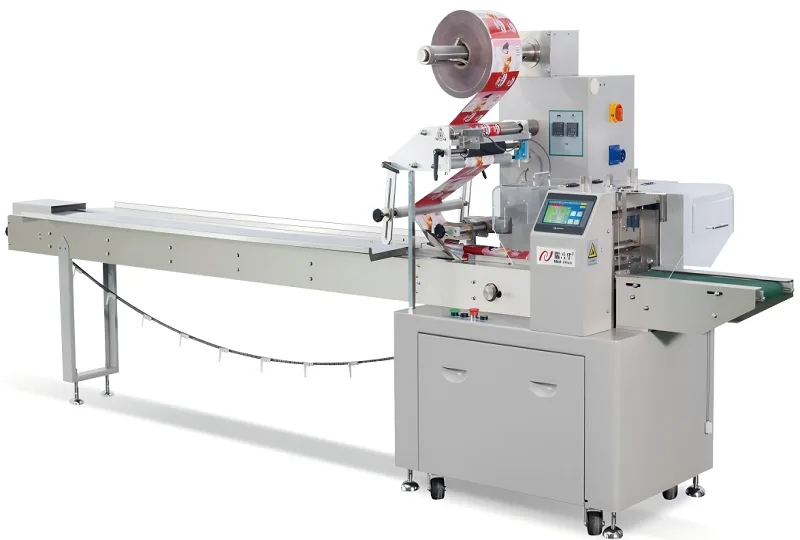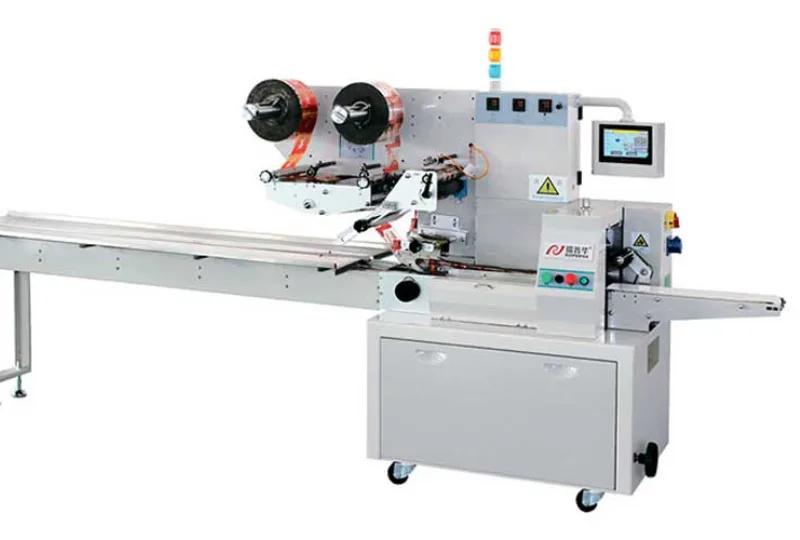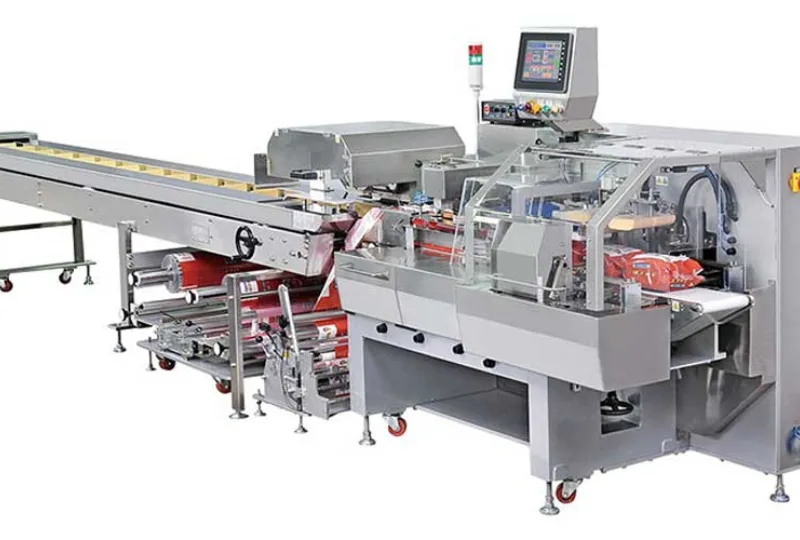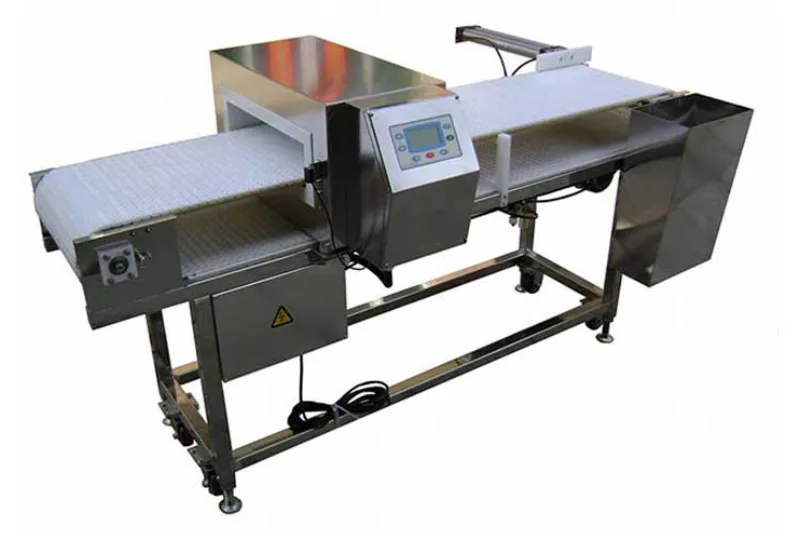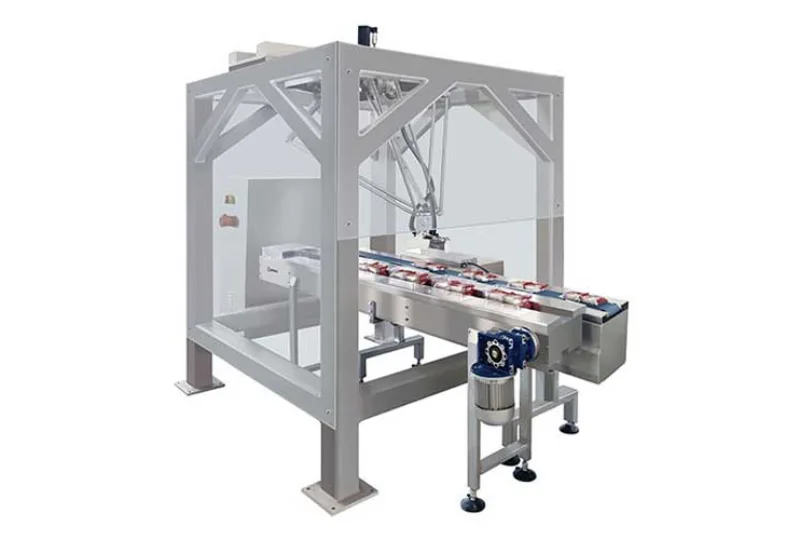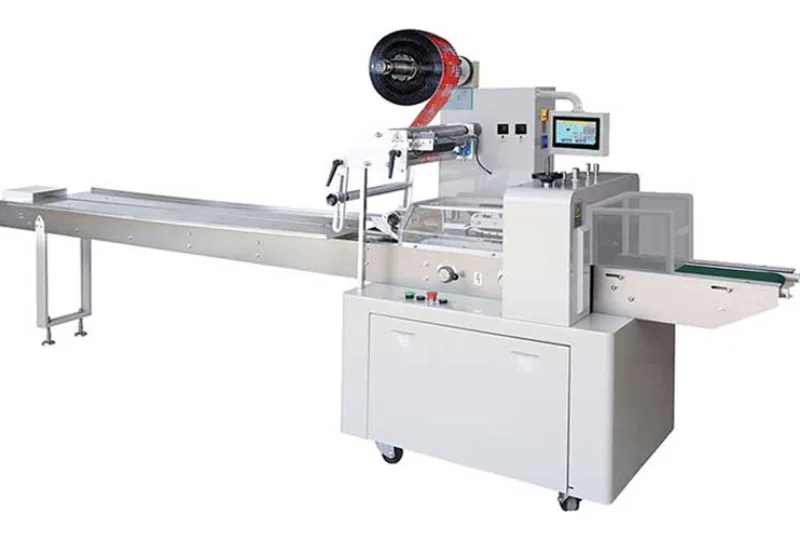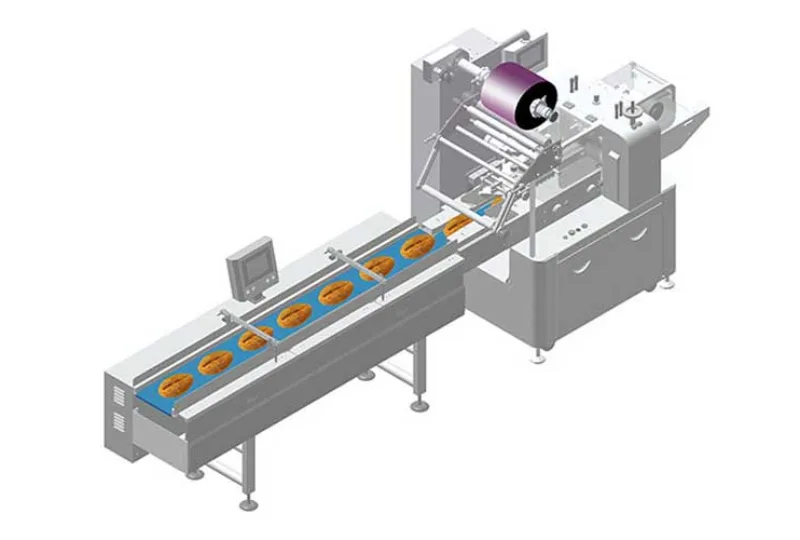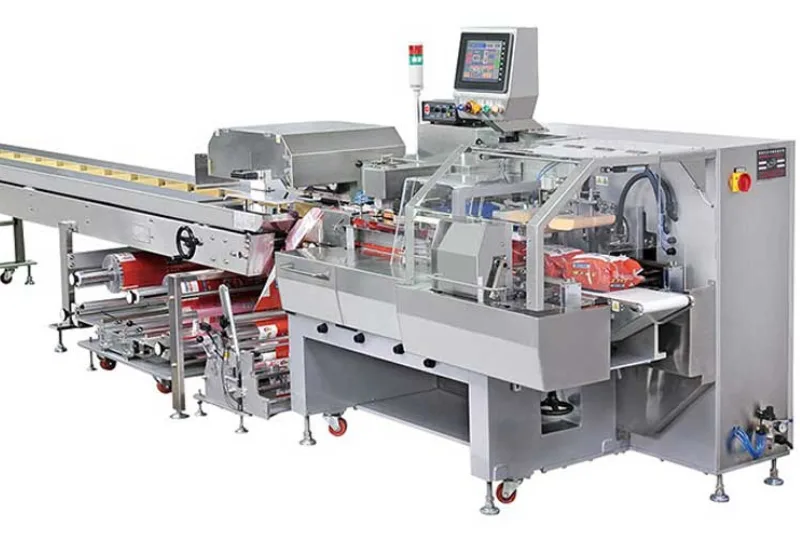Revolutionizing Starch Packaging: A Quantitative Approach
The Art of Efficient Starch Packaging: A Detailed Analysis
In the realm of starch packaging, efficiency is paramount. Manufacturers are constantly seeking ways to streamline their processes and increase output without compromising on quality. In this blog post, we delve into the world of quantitative analysis in starch packaging machines and how it is revolutionizing the industry.
Starch packaging machines have come a long way from manual labor to automated systems that can pack thousands of units per hour. By implementing quantitative techniques, manufacturers can optimize production schedules, minimize waste, and enhance overall efficiency.
One of the key aspects of quantitative analysis in starch packaging machines is throughput optimization. By analyzing the flow of materials, machine speed, and packaging designs, manufacturers can determine the ideal settings for maximum output.
Another crucial factor is defect analysis. By using quantitative methods to track and analyze defects in packaging, manufacturers can pinpoint the root causes and implement corrective measures to improve overall quality.
Furthermore, predictive maintenance is gaining traction in the starch packaging industry. By utilizing quantitative data and machine learning algorithms, manufacturers can predict potential breakdowns before they occur, reducing downtime and increasing productivity.
In conclusion, the integration of quantitative analysis in starch packaging machines is paving the way for a more efficient and sustainable industry. By leveraging data-driven insights, manufacturers can optimize processes, reduce costs, and stay ahead of the competition.
-
01
Automatic Tray Loading and Packaging Equipment: Boost Efficiency to 160 Bags/Minute
21-11-2025 -
02
Automatic Soap Packaging Machine: Boost Productivity with 99% Qualification Rate
21-11-2025 -
03
A Deep Dive into Automatic Toast Processing and Packaging System
18-11-2025 -
04
The Future of Bakery Production: Automated Toast Processing and Packaging System
18-11-2025 -
05
Reliable Food Packaging Solutions with China Bread, Candy, and Biscuit Machines
11-10-2025 -
06
High-Performance Automated Food Packaging Equipment for Modern Production
11-10-2025 -
07
Reliable Pillow Packing Machines for Efficient Packaging Operations
11-10-2025 -
08
Advanced Fully Automatic Packaging Solutions for Efficient Production
11-10-2025 -
09
Efficient Automatic Food Packaging Solutions for Modern Production
11-10-2025 -
10
Advanced Automatic Packaging Equipment for Efficient Production
11-10-2025



